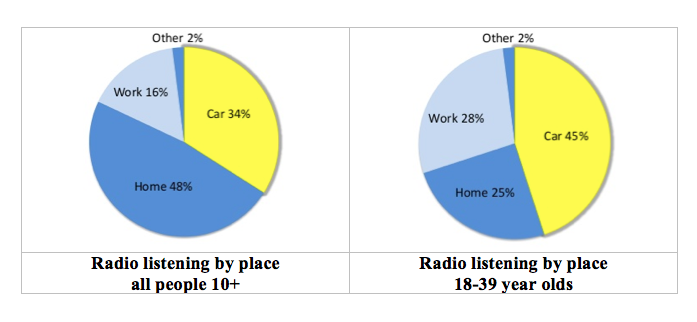In this radioinfo featue, Anthony Ghergetta outlines the latest on in-car apps from Google and the impact they could have.
Things are really starting to heat up in the car radio space with Google announcing its new open automotive alliance at the Consumer Electronics Show in Las Vegas yesterday and Pandora moving further into the heart and soul of radio revenue with the launch of its new in-car advertising product.
Google is now going head-to-head with Apple in the connected car. Ever since apple launched iOS in the car last June industry watchers have awaited Google’s counterpunch.
That punch came yesterday with the announcement that Google has teamed up with Audi, General Motors, Honda, Hyundai and NVIDIA to bring Android to the dashboard in 2014.
Apple had the jump on Google with the launch of iOS in the car six months ago. However, as we’ve seen before in this space, the proprietary iOS system will have to fight hard against the open Android platform for market share.
At the end of the day it won’t really matter which handset a consumer uses, cars are about to become more connected and this is going to have a huge impact on radio listening.
Over 34% of all radio listening takes place in the car and for the tech-savvy 18-39 year olds that figure is 45%.

It’s the 18-39 year olds that radio broadcasters need to be focused on. This demographic is not as rusted on as older listeners and 18-39 year olds have the technical knowledge to use these new services and when buying a car the infotainment system will be just as important, if not more, than the engine under the hood.
One product that is seeing enormous success in the car is Pandora. Pandora is now available in 9 out of 10 of the highest selling cars in North America. In a little over two years Pandora has recorded over 4 million in-car activations.
At the same time as Google was launching its new in-car product, Pandora announced a new in-car advertising platform. The new platform will allow advertisers to reach car-bound audiences with 15 and 30 second spots across 130 vehicles models that have native Pandora integration.
And here’s the big bit – unlike traditional free-to-air radio stations, Pandora knows a lot about its listeners. It obviously knows what music they like, but it also knows their geographical location, social graph and interests.
With targeted advertising Pandora can differentiate itself from traditional radio by cutting back on the number of ads that a listener hears. Free-to-air radio is known for blocks of marketing with seven or more advertisements back to back; Pandora typically only has about two or three ads per hour.
With innovations like these to keep the radio industry on its toes, 2014 will be a big year for progressive radio businesses
About the author: Anthony Gherghetta
Anthony Gherghetta is the lead mobile development strategist at The App Studio in Melbourne, Australia.
Primarily responsible for the development of enterprise apps for clients such as Samsung and Pfizer, Anthony is now leading a team of developers on the next generation of car radio.
Email: [email protected] Phone: 0400 587 808
Websites: www.anthonygherghetta.com andwww.theappstudio.com.au

